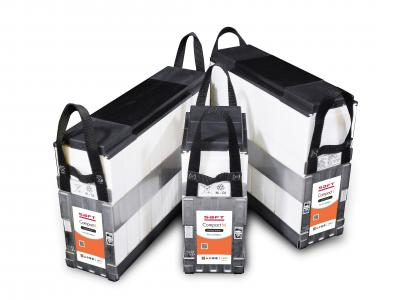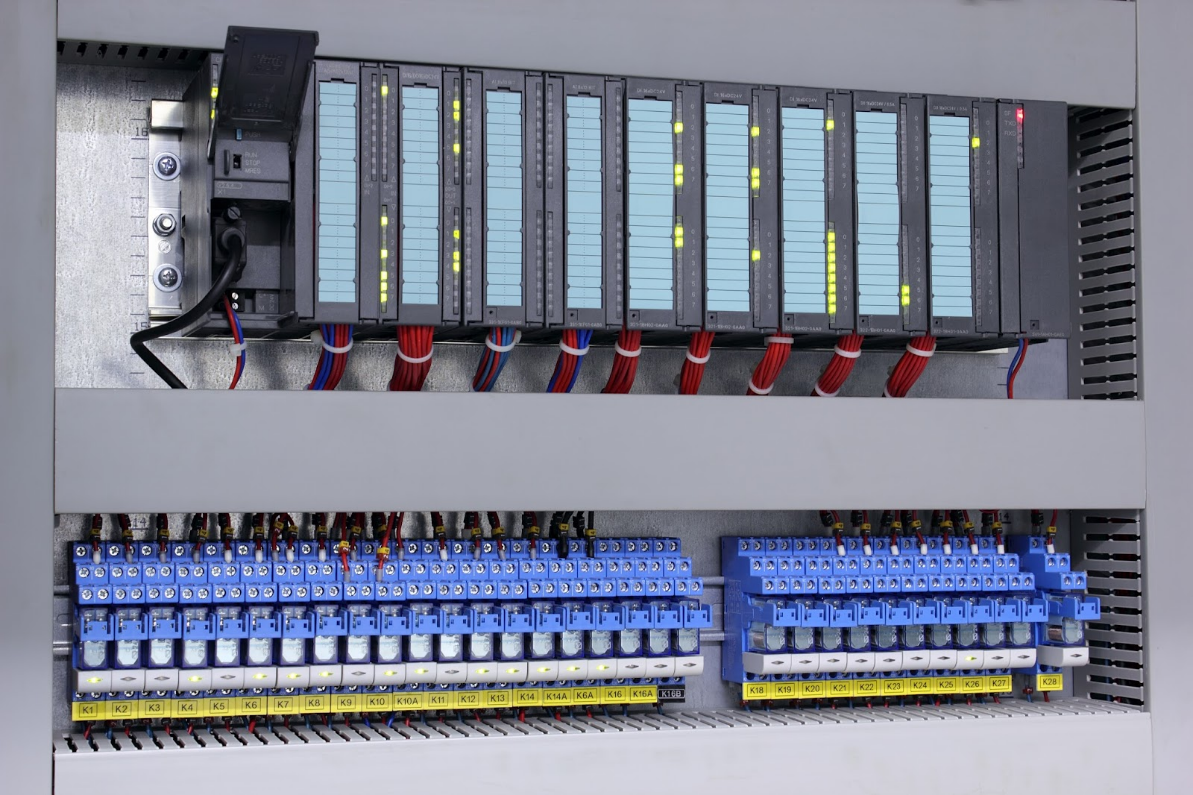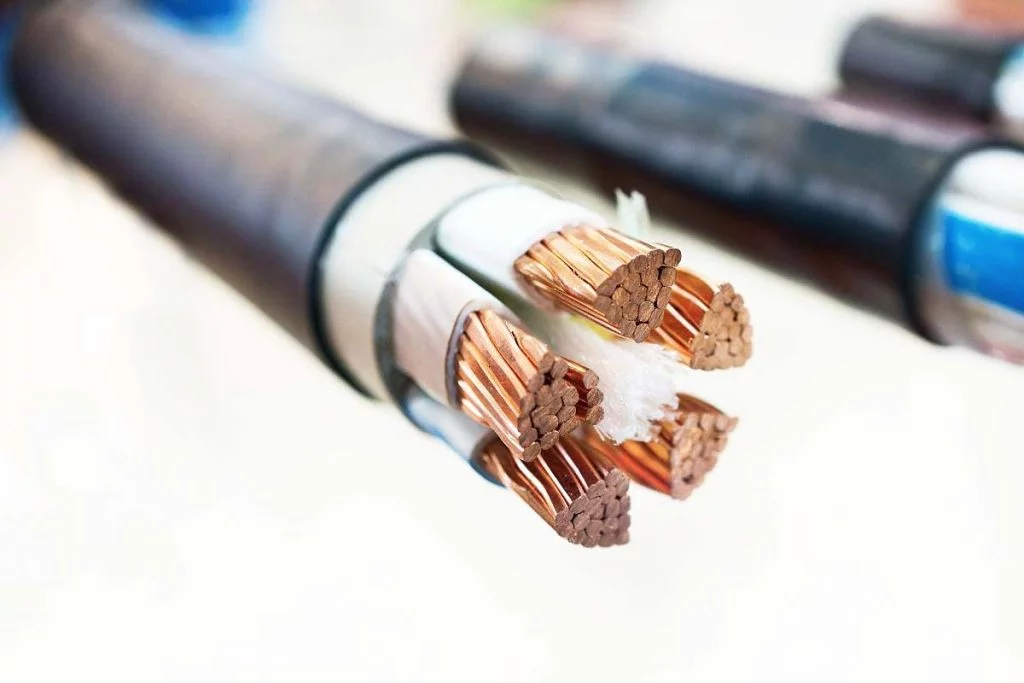What is a micro inverter? In this article, you will learn the working principle of micro inverters, the advantages of micro inverters, and the disadvantages of micro inverters.

What is a micro-inverter?
A micro inverter is a small electronic device installed on each solar panel within a PV array. Its primary function is to convert the DC electricity produced by the panel into AC electricity suitable for use in homes and businesses. Unlike traditional string inverters, which are typically installed in a central location for an entire array, micro inverters operate at the individual panel level.
Role in Solar Energy Systems: Micro inverters are integral to solar energy systems, as they help maximize the power output of each solar panel. By converting DC to AC immediately at the source, they mitigate the negative impact of shading or panel mismatch, allowing for more energy production.

Micro Inverter Working Principle
The working principle of micro inverters is relatively straightforward:
DC Input: Each solar panel in a PV array generates DC electricity when exposed to sunlight. This DC electricity is then sent to the micro inverter connected to that specific panel.
DC to AC Conversion: The micro inverter converts the incoming DC electricity into AC electricity. This conversion is performed locally at the panel, ensuring that each panel operates at its optimal efficiency, regardless of the others in the array.
Grid Connection: The AC electricity produced by each micro inverter is synchronized and sent to the building’s electrical panel or the grid. This electricity can be used to power appliances or be exported back to the grid, depending on the local setup and energy needs.
The key advantage of micro inverters lies in their ability to maximize energy production by mitigating the impact of shading, soiling, or panel variations. In traditional string inverter systems, if one panel is shaded or underperforming, it can affect the entire string’s output. Micro inverters ensure that each panel operates independently, optimizing the overall energy yield.
Advantages of Micro Inverters
1. Increased Energy Harvest
Micro inverters excel at extracting the maximum energy from each panel, even in less-than-ideal conditions. Shading on one panel does not affect the output of others, resulting in higher overall energy production.
2. Enhanced System Monitoring
Micro inverters enable granular monitoring of each panel’s performance. This detailed data allows for easier maintenance and quicker issue detection, ensuring the system operates at its best.
3. Improved Safety
Operating at lower DC voltages, micro inverters reduce the risk of electrical hazards. Additionally, they lower the chances of arc faults, enhancing the overall safety of the system.
4. Scalability
Micro inverters offer scalability, making it simpler to expand an existing solar installation. Additional panels and micro inverters can be added without the need for major system modifications.
5. Durability and Reliability
Micro inverters are designed to withstand harsh environmental conditions, ensuring long-term reliability and consistent performance throughout their lifespan.
Disadvantages of Micro Inverters
1. Cost Considerations
One potential drawback of micro inverters is their cost. Since each solar panel requires its own micro inverter, the initial installation cost can be higher than that of a single-string inverter. However, this cost difference is narrowing as micro inverter technology becomes more prevalent.
2. Installation Complexity
Micro inverters introduce additional wiring and connections, which can make installation more complex compared to traditional string inverters. Proper installation is crucial to ensure optimal performance.
3. Maintenance and Longevity
Micro inverters may require more maintenance over time due to their higher number of components. While they are designed for durability, the long-term reliability of these devices can be a concern for some.
4. Compatibility
To achieve optimal performance, it’s essential to select compatible solar panels and micro inverters. Mismatched components can lead to suboptimal energy production. Micro inverters have revolutionized the solar energy industry by maximizing energy production, improving system monitoring, and enhancing safety. While they offer numerous advantages, such as increased energy harvest and scalability, it’s important to consider potential disadvantages like installation complexity and cost. As the technology continues to evolve, micro inverters are likely to play an increasingly prominent role in advancing solar energy systems and making them more efficient and reliable.
5. Durability and Reliability
Micro inverters are designed to withstand harsh environmental conditions, ensuring long-term reliability and consistent performance throughout their lifespan.
Disadvantages of Micro Inverters
1. Cost Considerations
One potential drawback of micro inverters is their cost. Since each solar panel requires its own micro inverter, the initial installation cost can be higher than that of a single-string inverter. However, this cost difference is narrowing as micro inverter technology becomes more prevalent.
2. Installation Complexity
Micro inverters introduce additional wiring and connections, which can make installation more complex compared to traditional string inverters. Proper installation is crucial to ensure optimal performance.
3. Maintenance and Longevity
Micro inverters may require more maintenance over time due to their higher number of components. While they are designed for durability, the long-term reliability of these devices can be a concern for some.
4. Compatibility
To achieve optimal performance, it’s essential to select compatible solar panels and micro inverters. Mismatched components can lead to suboptimal energy production.
Micro inverters have revolutionized the solar energy industry by maximizing energy production, improving system monitoring, and enhancing safety. While they offer numerous advantages, such as increased energy harvest and scalability, it’s important to consider potential disadvantages like installation complexity and cost. As the technology continues to evolve, micro inverters are likely to play an increasingly prominent role in advancing solar energy systems and making them more efficient and reliable.






